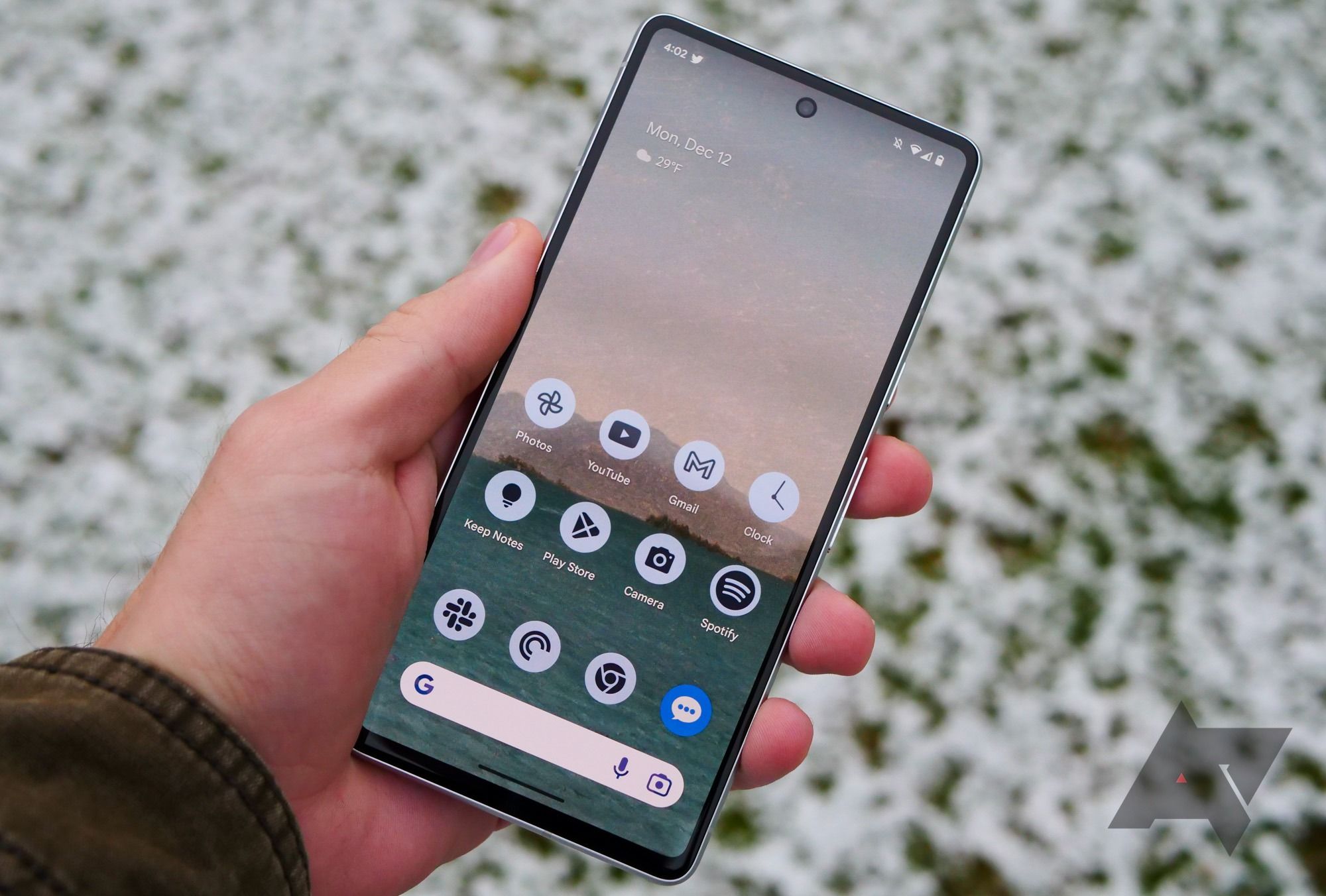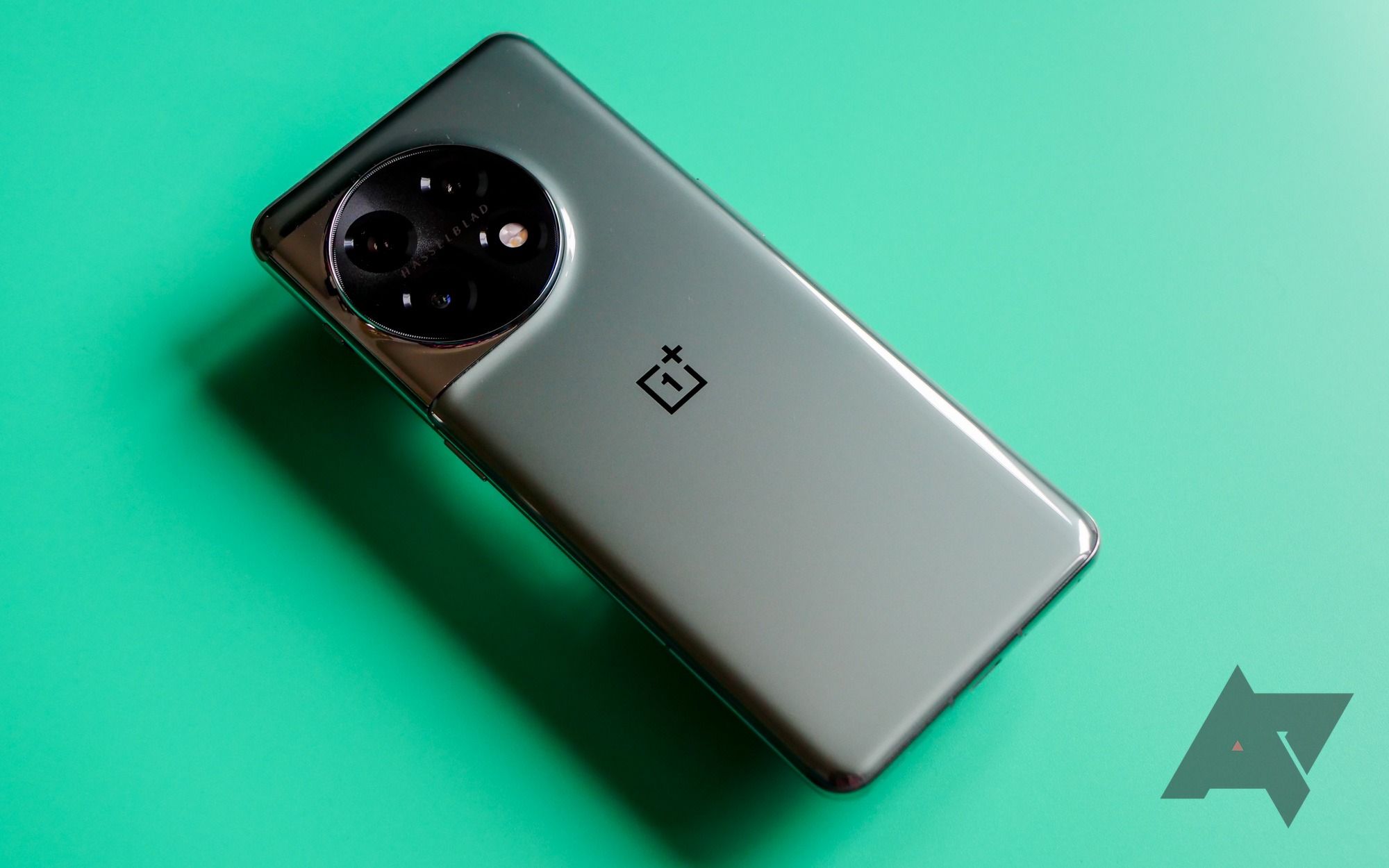As an Android-focused website, it's only natural that our attention often moves towards the newest, hottest, and most powerful devices on the market. Sure, a low-end or mid-range phone might catch our interest from time to time — the Pixel 6a was one of our favorite smartphones of last year, after all — but generally speaking, it's products like the Galaxy S23 Ultra or the Pixel 7 Pro that we find ourselves lusting after year over year.
But people like myself and my fellow AP writers aren't the best examples of what a modern audience is looking for in Android phones. When you have such a breadth of choice — even in a market as limited as the US — it's easy to ignore the likes of OnePlus or Motorola to focus on expensive foldables or phablets. That's not necessarily what the average shopper is looking for in a smartphone, though, especially considering the rise of the "budget flagship." These devices are capable of delivering the bulk of what you'd expect from a high-end smartphone for several hundreds of dollars less than the competition.
It's in this category you'll find smartphones like the Pixel 7, a $600 smartphone that is nearly as capable as its $900 big brother. The OnePlus 11, which managed to capture some of that old-school magic the company was once known for, also falls into this category. Hell, even the latest Moto Edge — which I'm currently in the process of reviewing — could fall into this category, to say nothing of lesser-known devices like the Asus Zenfone 9 and, with any luck, the upcoming Nothing Phone 2.
All of these phones have something in common: near-flagship specs with one or two compromises made to meet a price point between $500 and $700. I think the Pixel 7 is the perfect example of what you'd want from a budget flagship. At $600, it delivers a great 1080p display, a fast processor, and a fantastic camera. Compared to the Pixel 7 Pro, you'll miss out on a higher refresh rate, a larger battery, and — perhaps most essential — a telephoto lens for capturing distant subjects. But you're also saving $300 in the process, and that's a sum that's tough to ignore these days.
It's a smartphone category that feels ripe to continue its rapid expansion, especially considering the ever-ballooning cost of flagships. But that doesn't mean every company is in on the fun. Samsung was an early competitor in this space, with the Galaxy S20 FE impressing us with its value just a couple of years ago. But after the S21 FE failed to recapture the magic, we've seen two generations of smartphones come and go without a new entry — and it sounds like that's not changing anytime soon.
So I'm curious. Are our readers interested in the budget flagship space, or are they — like Samsung — finding more success by sticking to either budget or flagship categories. After all, smartphones like the Pixel 6a or Samsung's Galaxy A53 are mighty impressive at even lower prices, while the OnePlus 11 simply can't compete with the Galaxy S23 Ultra in a head-to-head matchup.


